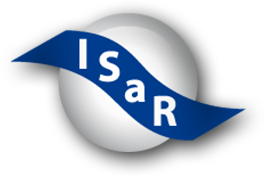Practices of Assistive Technology Implementation and Facilitation: Experiences of Teachers of Students with Visual Impairments in Singapore
empfehlen| Titel: | Practices of Assistive Technology Implementation and Facilitation: Experiences of Teachers of Students with Visual Impairments in Singapore |
|---|---|
| Form: | Aufsatz / Artikel |
| Autor(en): | Meng Ee Wong,Janet S.P. Law |
| Jahr: | 2016 |
| Auflage: | 110 |
| Herausgeber: | American Foundation for the Blind |
| Veröffentlicht in: | Journal of Visual Impairment and Blindness |
| Auszug: | Assistive technology is defined by the Individuals With Disabilities Education Improvement Act (IDEIA) of 2004 as “any item, piece of equipment, or product system, whether acquired commercially off the shelf, modified, or customized, that is used to increase, maintain, or improve functional capabilities of a child with a disability” (IDEIA, 2004). This broad definition includes devices and software that are beneficial in supporting the instruction of students with disabilities in special education (Duhaney & Duhaney, 2000). General benefits of assistive technology are evident in the literature (Alper & Raharinirina, 2006). Benefits of assistive technology are also reported for students with visual impairments (Abner & Lahm, 2002; Kelly, 2009). (source: extract from article) |





